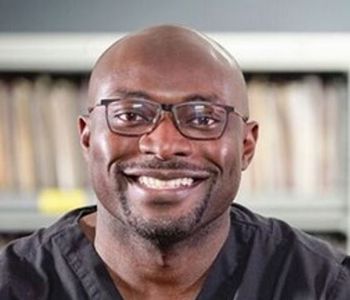
Foluso A. Fakorede, MD, sketched a disturbing picture of recognition and management of PAD in the US, highlighting stark racial and ethnic disparities and making an urgent call to action.

Foluso A. Fakorede, MD, sketched a disturbing picture of recognition and management of PAD in the US, highlighting stark racial and ethnic disparities and making an urgent call to action.
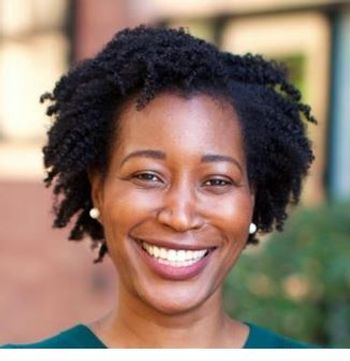
The highest CRC mortality rates occur at the “intersection of race, place, and class," Rachel Issaka, MD, MAS, told internal medicine clinicians at the annual ACP meeting.
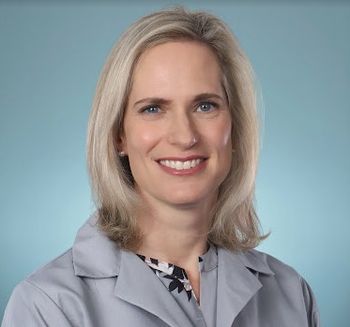
Breaking research presented at ACP Internal Medicine 2025 showed that switching GLP1-RAs resulted in better glucose and weight control among adults with inadequately controlled T2D.
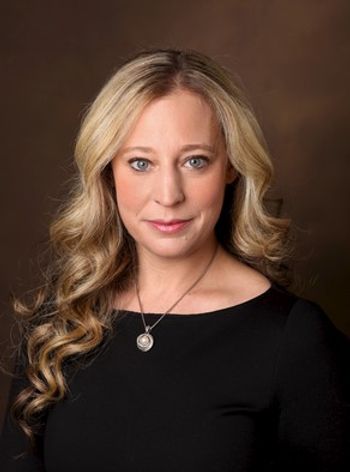
ACP 2025: Kim Sandler, MD, discussed the latest screening guidelines, real-world challenges in implementation, and the essential role of shared decision-making.

Dagogo-Jack reviewed alarming data on the damage prediabetes can inflict even decades before a diabetes diagnosis and offered guidance to the internal medicine audience.

William Lewis, MD, discussed the importance of photo-documentation, referral indicators, efficacy of various treatments, and other topics.
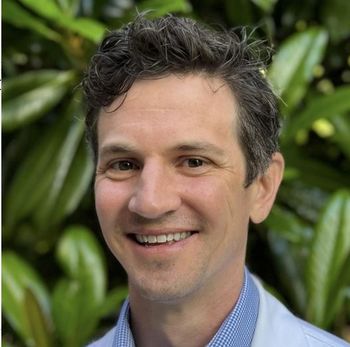
ACP 2025. A quick look at 2 topics in dermatology rounded out a Multiple Small Feedings of the Mind session at the 2025 American College of Physicians annual meeting.

ACP 2025. Ruth Etzioni, PhD, discussed evidence-based approaches to screening for patients at average risk, start and stop criteria, MRI for follow-up screening, and other topics.
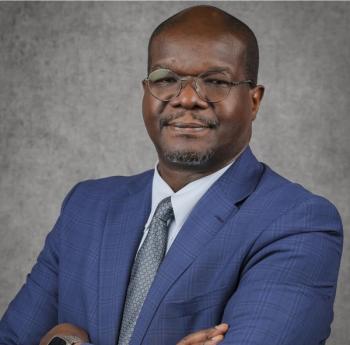
In a new position paper, the ACP calls for policy action to address rural health disparities, improve access to care, and strengthen the rural health care workforce.
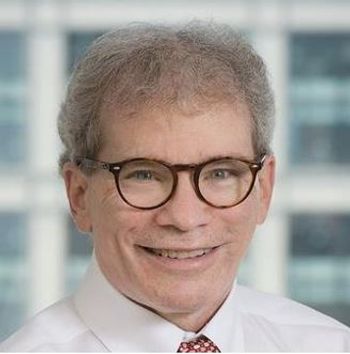
ACP 2025: Irl B Hirsch, MD, reviewed findings from 8 papers published in 2024 that he believes have made or will make a difference in the practice or understanding of the clinical area.
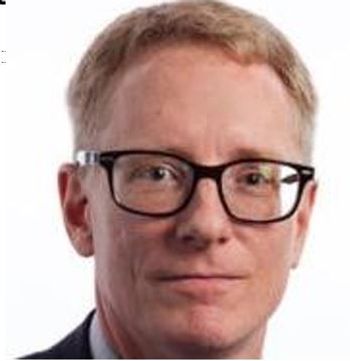
ACP 2025. Thomas Martens, MD, Gregg Simonson, PhD, and Libby Johnson, RDN, LD, CDCES explained the benefits of CGM, how to interpret data, and then adjust treatment accordingly.

CDC Director Rochelle Walensky, MD MPH, was a featured presenter at the recent ACP Internal Medicine Meeting 2021: Virtual Experience, where she spoke about lessons learned during COVID-19.
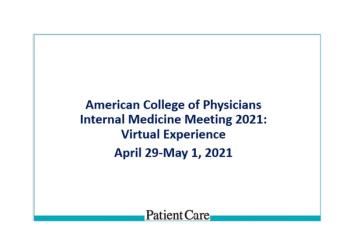
ACP: Clyde W Yancy, MD, gave a comprehensive update on a year's worth of pivotal science in treatment of heart failure. Here are the highlights.
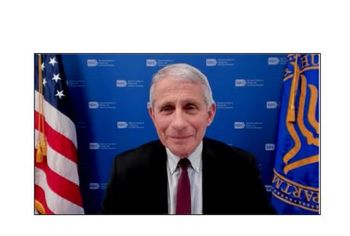
The NIAID head said the timing of the end of the pandemic is really up to the public.

Once you've decided that an opioid analgesic is indicated, what can you do to ensure that your patient uses the medication safely?

When counting sheep fails as first line therapy, what measures can you recommend to help your patient get some sleep?

Dr Margaret Fisher- who helped write the (Red) book on immunizations for youngsters- succinctly summarizes the latest guidelines here.

Marc B. Garnic, MD, addresses these questions in this short video. Dr Garnic, who spoke on this topic at the 2011 American College of Physicians meeting in San Diego

Psychiatrist Sidney Zisook, MD-a guest speaker at the recent American College of Physicians meeting in San Diego

Two of the numerous geriatrics offerings at this year’s ACP convention were part of a series entitled “Modifying Your Office Practice for the Tsunami of Older Adults.” This eminently apropos title was actually something of a theme for the convention as a whole. This year, only 3 clinical categories boasted more offerings than geriatrics. Clearly, primary care physicians are beginning to feel the impact of the baby boomers’ coming of age.

Michael F. Holick, MD, PhD, the Boston University professor of medicine and well-known “apostle of vitamin D,” attracted a standing-room-only crowd Friday for a presentation on his favorite topic. It was a performance that had the audience at rapt attention for a full hour-not just because of the celebrity of the speaker, but because of the extraordinarily clever and engaging nature of his presentation.

Early in his keynote address, James Orbinski, MD, Senior Fellow at the University of Toronto and one of the world’s leading scholars and scientists in global health, complimented the United States on the recent passage of its health care bill, a “seminal achievement” that he said brought the US “just a hair’s breadth away” from achieving universal health care.

Probiotics and prebiotics are now widely used by patients – and even present in many common foods.

How will your practice manage the coming “tsunami” of older patients as the baby boomers enter their golden years?

On the hundredth day of the new administration, the President’s campaign promise of health care reform looks less like a gamble and more like a sure bet. But are policymakers throwing down the deed to the ranch?

Not only can your practice become a patient-centered medical home, or PCMH -- but would you want it to? And if the answer to both these questions is "yes," how do you go about making the transition?

Like great newspapers, medical journals play a crucial role in our society-and in the midst of the protracted transition from print to web publishing, they need our support. This was the message of the keynote address presented by Harold C. Sox, MD, at the 2009 meeting of the American College of Physicians in Philadelphia.

Every year, Dr Ronald N. Rubin, professor of medicine at Temple University School of Medicine, presents review courses for specialty board exams at the American College of Physicians annual meeting.